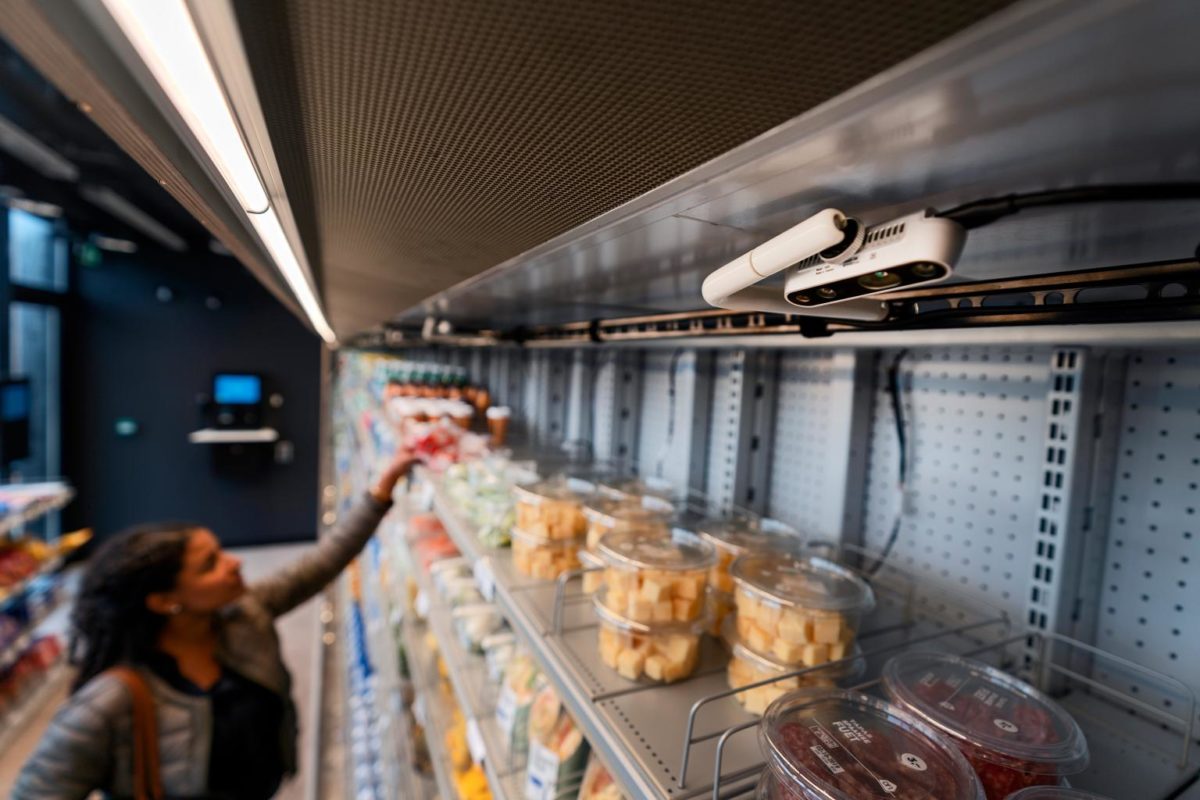When I was younger, my main activities were: going to school, playing field hockey and tennis. As I am getting older and life is more busy combining study, work and a social life, working out is sometimes not my priority. However, it should be high on my list. According to a Global Health report, more than a quarter of all adults over the world, do not get enough physical activity (Parker, 2016). This is concerning, since poor physical activity can lead to a big range of health issues that are recognized all over the world, including diabetes and mental health problems. Physical inactivity has even been identified as the fourth leading risk factor for global mortality (World Health Organization, 2017).
In the past years, technology attempted to solve this problem, by introducing fitness and nutrition applications. The value of the global fitness technology market is currently $17.9 million and is expected to flourish to $62.1 billion in 2025 (Parker, 2019). There have been a few start-ups that saw an opportunity of changing the fitness landscape, such as Aaptive Coach and Mirror.
Aaptiv Coach offers an AI-based assistant that provides a personalized fitness plan to each user, taking in account their fitness level, goals, eating patterns, and collected data from devices such as smart watches (ASEAN, 2019). Based on this data combined, the personal coach will explain them which actions should be taken to achieve these goals. The trainers create the classes, and these classes will be streamed to the app, making use of artificial intelligence to measure progress. To use this service, it costs $15 a month.
Another start-up, Mirror, invented an immersive mirror that turns into a ‘home gym’, whereby unlimited fitness classes are streamed (O’Brien, 2019). During the class, users will be able to see themselves, their classmates, and their instructor in the mirror. Besides, these customers have the opportunity to track their heartbeat and calories burned. In order to guarantee privacy, users can put a lens over the camera, if they are not using the product. Also, this product enables optimized, personalized workouts, one-o-one with an instructor.However, the costs for purchasing this mirror are $1500, plus a $40 monthly subscription.
With technologies, such as artificial intelligence and machine learning, people are able to exercise anywhere at any time. Besides, AI & ML make it possible to offer a personalized plan tailored to someone’s fitness levels and goals. I am sure that in the following years, the industry will shift to these initiatives and it will become the standard. However, the costs of using these services could be high, which means that only a small proportion of the people worldwide could use it. What do you think? Can technology actually help us to get in shape?
References
ASEAN. (2019, May 24). Meet Aaptiv Coach – an AI-based personal Coach – Asean HR. Retrieved October 16, 2019, from https://aseanhr.org/technology/meet-aaptiv-coach-an-ai-based-personal-coach/
O’Brien, S. (2019, October 8). This startup wants to put a personal trainer in your mirror. Retrieved October 16, 2019, from https://edition.cnn.com/2019/10/08/tech/mirror-fitness-startup-personal-training/index.html
Parker, R. (2019, July 16). Corporate Wellness Consulting Services Market 2019 Including Top Key Players- Corporate Fitness Works, EXOS, Karelia, Kersh Health, Kinema Fitness, Marino Wellness – A Market Research Report. Retrieved October 16, 2019, from https://www.amarketresearchreport.com/corporate-wellness-consulting-services-market-2019-including-top-key-players-corporate-fitness-works-exos-karelia-kersh-health-kinema-fitness-marino-wellness/36328/
World Health Organization. (2017, May 23). Physical Activity. Retrieved October 16, 2019, from https://www.who.int/dietphysicalactivity/pa/en/


